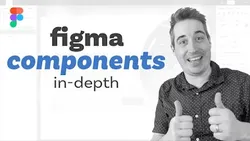
Figma components: the basics to creating robust components 
This course provides an introduction to creating robust components with Figma. It covers topics such as creating the base, auto-layout basics, creating components, component instances, creating different states, naming and organization, and more complex components with auto-layout. Learners will gain the skills to create and use components to streamline their design process. ▼
ADVERTISEMENT
Course Feature
![]() Cost:
Cost:
Free
![]() Provider:
Provider:
Youtube
![]() Certificate:
Certificate:
Paid Certification
![]() Language:
Language:
English
![]() Start Date:
Start Date:
On-Demand
Course Overview
❗The content presented here is sourced directly from Youtube platform. For comprehensive course details, including enrollment information, simply click on the 'Go to class' link on our website.
Updated in [February 21st, 2023]
Figma components are a powerful tool for creating robust design components for prototyping and interface design. This course will provide learners with the basics of creating components in Figma, from creating the base to auto-layout basics, creating a component, component instances, creating different states, naming and organization, and more complex components with auto layout. Learners will also learn how to use their components in their projects. This course is perfect for those who want to learn the basics of creating components in Figma and create robust components for their projects.
[Applications]
After completing this course, participants should be able to apply the knowledge they have gained to create robust components in Figma. They should be able to create the base, use auto-layout basics, create components, create different states, name and organize components, and create more complex components with auto layout. Additionally, they should be able to use their components in their projects.
[Career Paths]
1. UI/UX Designer: UI/UX Designers use Figma components to create user interfaces and experiences that are both visually appealing and intuitive. They use components to create a consistent look and feel across different platforms and devices. They also use components to create interactive elements that help users navigate and interact with the product. As technology advances, UI/UX Designers must stay up to date with the latest trends and tools to create the best user experience.
2. Front-End Developer: Front-End Developers use Figma components to create the visual elements of a website or application. They use components to create the layout, design, and interactivity of the product. They must be able to understand the user experience and create components that are both visually appealing and functional. As technology advances, Front-End Developers must stay up to date with the latest trends and tools to create the best user experience.
3. Product Designer: Product Designers use Figma components to create products that are both visually appealing and functional. They use components to create the overall look and feel of the product, as well as the user experience. They must be able to understand the user needs and create components that are both visually appealing and functional. As technology advances, Product Designers must stay up to date with the latest trends and tools to create the best user experience.
4. Interaction Designer: Interaction Designers use Figma components to create interactive elements that help users navigate and interact with the product. They use components to create the overall look and feel of the product, as well as the user experience. They must be able to understand the user needs and create components that are both visually appealing and functional. As technology advances, Interaction Designers must stay up to date with the latest trends and tools to create the best user experience.
[Education Paths]
1. Bachelor of Science in Computer Science: This degree path focuses on the fundamentals of computer science, such as programming, algorithms, data structures, and software engineering. It also covers topics such as artificial intelligence, computer graphics, and computer networks. This degree is becoming increasingly popular as technology advances and more businesses rely on computer systems.
2. Bachelor of Science in Information Technology: This degree path focuses on the application of technology to solve business problems. It covers topics such as database management, web development, network security, and software engineering. This degree is becoming increasingly popular as businesses rely more heavily on technology to stay competitive.
3. Bachelor of Science in Software Engineering: This degree path focuses on the design and development of software applications. It covers topics such as software design, software testing, software architecture, and software project management. This degree is becoming increasingly popular as businesses rely more heavily on software applications to stay competitive.
4. Master of Science in Computer Science: This degree path focuses on advanced topics in computer science, such as artificial intelligence, computer networks, and computer graphics. It also covers topics such as software engineering, database management, and web development. This degree is becoming increasingly popular as technology advances and more businesses rely on computer systems.
Course Provider

Provider Youtube's Stats at AZClass
Discussion and Reviews
0.0 (Based on 0 reviews)
Explore Similar Online Courses
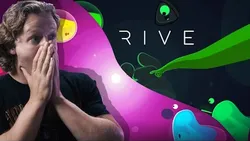
Create the Most AMAZING Animations with Rive - Crash Course

GetResponse Email Marketing

Python for Informatics: Exploring Information

Social Network Analysis

Introduction to Systematic Review and Meta-Analysis

The Analytics Edge

DCO042 - Python For Informatics

Causal Diagrams: Draw Your Assumptions Before Your Conclusions

Whole genome sequencing of bacterial genomes - tools and applications
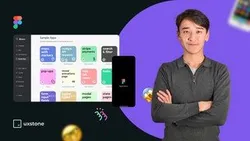
From idea to MVP without coding Intro to Figma & Bravo
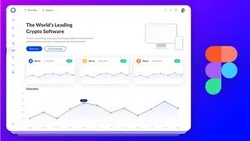
Learn How to Design a Website in Figma
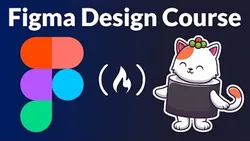

Start your review of Figma components: the basics to creating robust components